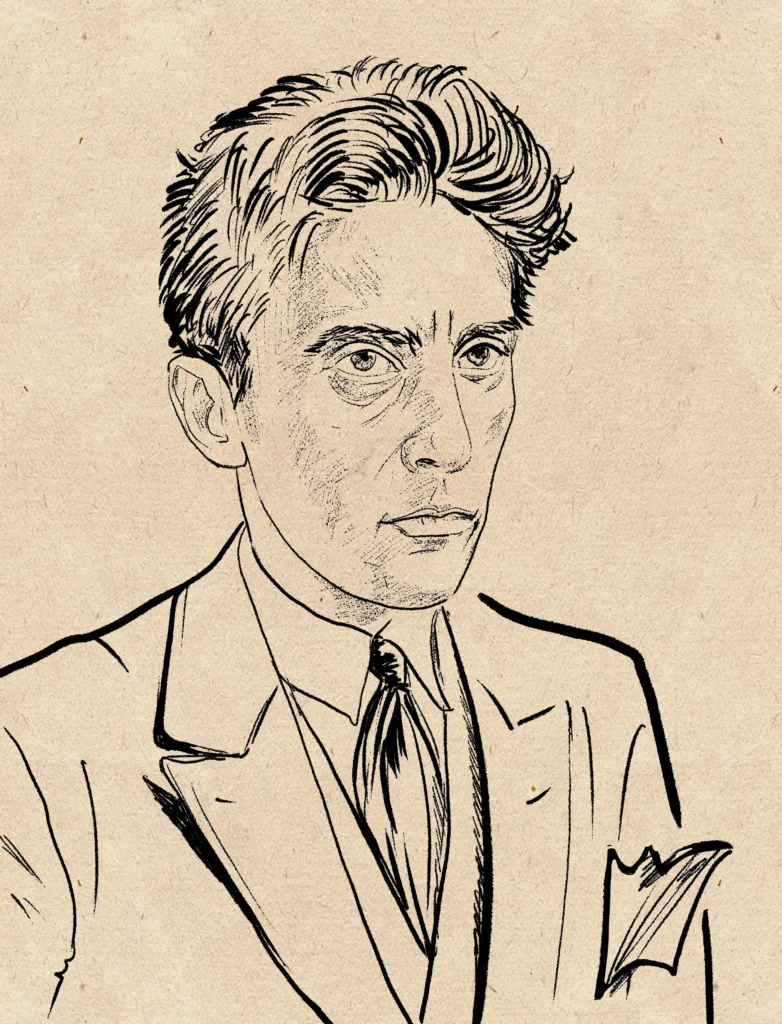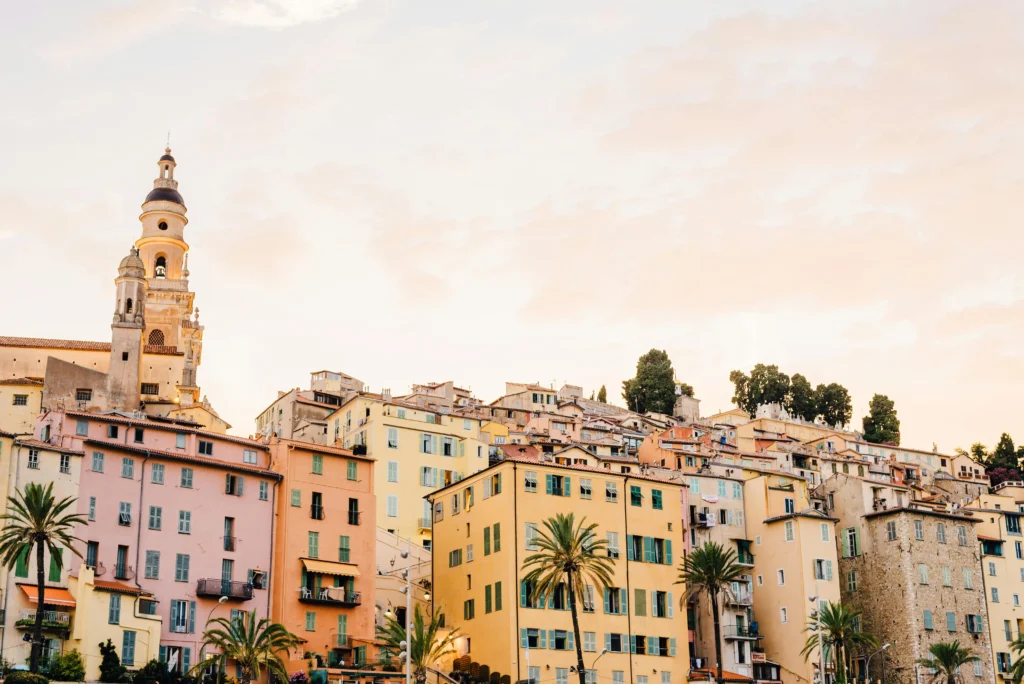Jean Cocteau’s French Riviera : A Journey Through Art, Light and Imagination
Some artists paint what they see. Jean Cocteau painted what he dreamed. Poet, painter, filmmaker and playwright, Cocteau moved through the cultural salons of Paris with elegance and provocation, yet always returned to the South of France. Jean Cocteau’s French Riviera was more than a retreat. It was a mirror : of mythology, memory and self.
To explore the Côte d’Azur today, from Villefranche-sur-Mer to Menton and Monaco is to walk in the shadow of his imagination.

The Riviera as Canvas : From Chapels to Civic Halls
Cocteau discovered the Côte d’Azur in the 1920s and over the decades, it became his sanctuary. He left his mark not only on film and paper, but on walls, chapels, town halls and museums, turning the everyday into sacred poetry. He once called his murals “a tattoo on the walls of a chapel, a gesture of love.” The phrase remains one of the most delicate expressions of his vision : art not as spectacle, but as intimacy.
In Villefranche-sur-Mer, Cocteau transformed the modest Chapelle Saint-Pierre, once used by fishermen, into a spiritual jewel. Inside, the walls bloom with ochre, blush and dusty blue, swirling with scenes from the life of Saint Peter. His style is unmistakable : angular figures, flowing outlines, mythical grace. The chapel doesn’t impress with grandeur, it whispers. Today, it remains one of the most quietly powerful places to experience Jean Cocteau’s French Riviera art in situ.
Further east, in Menton, Cocteau’s legacy is woven into the city. He restored the Salle des Mariages at Menton’s City Hall, a wedding hall reimagined with vines, mythic figures, and timeless glances. The space feels romantic, sunlit and entirely personal, like a fresco written in poetry.

Just across the port, the Musée Jean Cocteau houses his drawings, ceramics and personal treasures, a collection as layered and luminous as the artist himself. Menton, with its golden light and baroque facades, feels like the natural extension of his worldview : mythic, tender and eternal.
In Monaco, Cocteau was a frequent guest and a quiet force. While he never established a permanent atelier in the Principality, his spirit animated the cultural scene, the ballet, the opera and the artistic salons of Monte-Carlo. He moved easily between royalty and rebellion, between ritual and revolution. His connection with Princess Grace reflected his ability to bridge worlds : aristocratic and artistic, modern and timeless.
Olea Voyages : Where Art and Travel Intertwine
To follow Jean Cocteau’s French Riviera trail is to experience art not behind glass, but within life, on chapel walls, in sunlit civic halls, across sea-facing museums. His genius was not only what he made, but how he saw : symbols instead of surfaces, stories within silence and beauty just beneath the visible.
At Olea Voyages, we cherish this France, the one that invites contemplation as much as discovery. Jean Cocteau’s French Riviera is not a checklist of monuments, but a journey through emotion, art and light. We create experiences that move you, not just across space, but through feeling. Because like Cocteau, we believe that art is not separate from life.
It is woven into it, quietly, permanently, like a mural that still glows decades later.